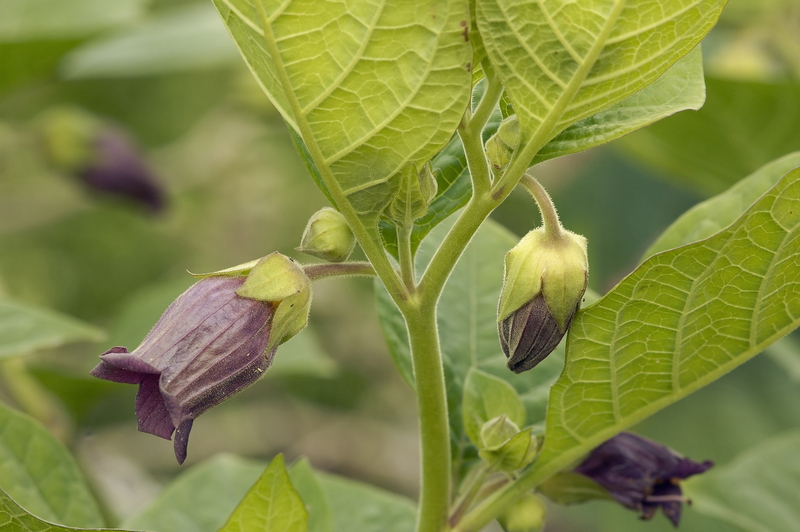Problems Posed by Volunteer Trees
Posted on 03/09/2025
Volunteer trees, often referred to as spontaneous or self-sown trees, are those that grow naturally from seeds dispersed by wind, wildlife, or other natural mechanisms. While these trees can contribute to biodiversity and present certain ecological benefits, they also pose a range of problems, especially in managed landscapes and urban environments. This article explores the various issues associated with volunteer trees and the strategies to manage them effectively.
Ecological Imbalance
Volunteer trees can lead to ecological imbalance, particularly in managed forests, parks, and gardens. These trees may outcompete native species for resources such as sunlight, water, and nutrients. In some cases, invasive volunteer trees can alter soil chemistry, which adversely affects native flora and fauna. As they proliferate, they can change the structure and composition of the ecosystem, making it less hospitable for native wildlife.

Competition with Desired Vegetation
One significant problem posed by volunteer trees is their competition with desired vegetation. In agricultural settings, for example, volunteer trees can compete with crops for resources, reducing yields and increasing the need for chemical interventions such as herbicides. In gardens and managed landscapes, these trees may overshadow ornamental plants, shrubs, and desired tree species, affecting their growth and overall aesthetics.
Damage to Infrastructure
In urban areas, volunteer trees can cause substantial damage to infrastructure. Their roots can infiltrate sewer lines, water pipes, and foundations, leading to significant maintenance costs and potential hazards. As they grow, their branches can obstruct power lines, damage roofs, and create safety hazards for pedestrians and vehicles. Managing these trees becomes crucial to maintain public safety and infrastructure integrity.
Fire Hazards
Volunteer trees can contribute to fire hazards, particularly in regions prone to wildfires. Dense stands of these trees, combined with accumulated leaf litter and deadwood, can create a high fuel load, increasing the risk and intensity of fires. Managing volunteer tree growth is essential in fire-prone areas to reduce the likelihood of catastrophic wildfires and protect human life and property.
Invasive Species
Many volunteer trees belong to invasive species that can spread rapidly and outcompete native vegetation. Species such as Ailanthus altissima (Tree of Heaven) and Acer platanoides (Norway Maple) are notorious for their aggressive growth and ability to thrive in disturbed environments. Once established, they can be challenging to eradicate and often require significant resources to manage effectively.

Management Strategies
Given the problems posed by volunteer trees, effective management strategies are crucial. Here are some techniques to control their proliferation:
- Early Detection and Removal: Identifying and removing volunteer trees when they are small and manageable is crucial. Regular monitoring of landscapes can help in early detection.
- Mowing and Cutting: Regular mowing and cutting of young trees can prevent them from establishing and spreading.
- Herbicides: In some cases, the use of herbicides may be necessary to control invasive volunteer tree species. Care should be taken to choose appropriate chemicals and apply them correctly.
- Mulching: Mulch can suppress the growth of volunteer trees by blocking sunlight and preventing seed germination.
- Educating the Public: Public awareness campaigns can help educate property owners about the importance of managing volunteer trees and the techniques available for doing so.
Conclusion
While volunteer trees can provide ecological benefits such as increased biodiversity and habitat for wildlife, their uncontrolled growth poses significant problems. They can lead to ecological imbalances, compete with desired vegetation, damage infrastructure, increase fire hazards, and spread invasive species. Effective management strategies, including early detection, removal, and public education, are essential to mitigate these issues and maintain healthy and balanced ecosystems.
By understanding the problems posed by volunteer trees and implementing proactive management techniques, we can ensure that our natural and urban landscapes remain diverse, sustainable, and safe for future generations.




